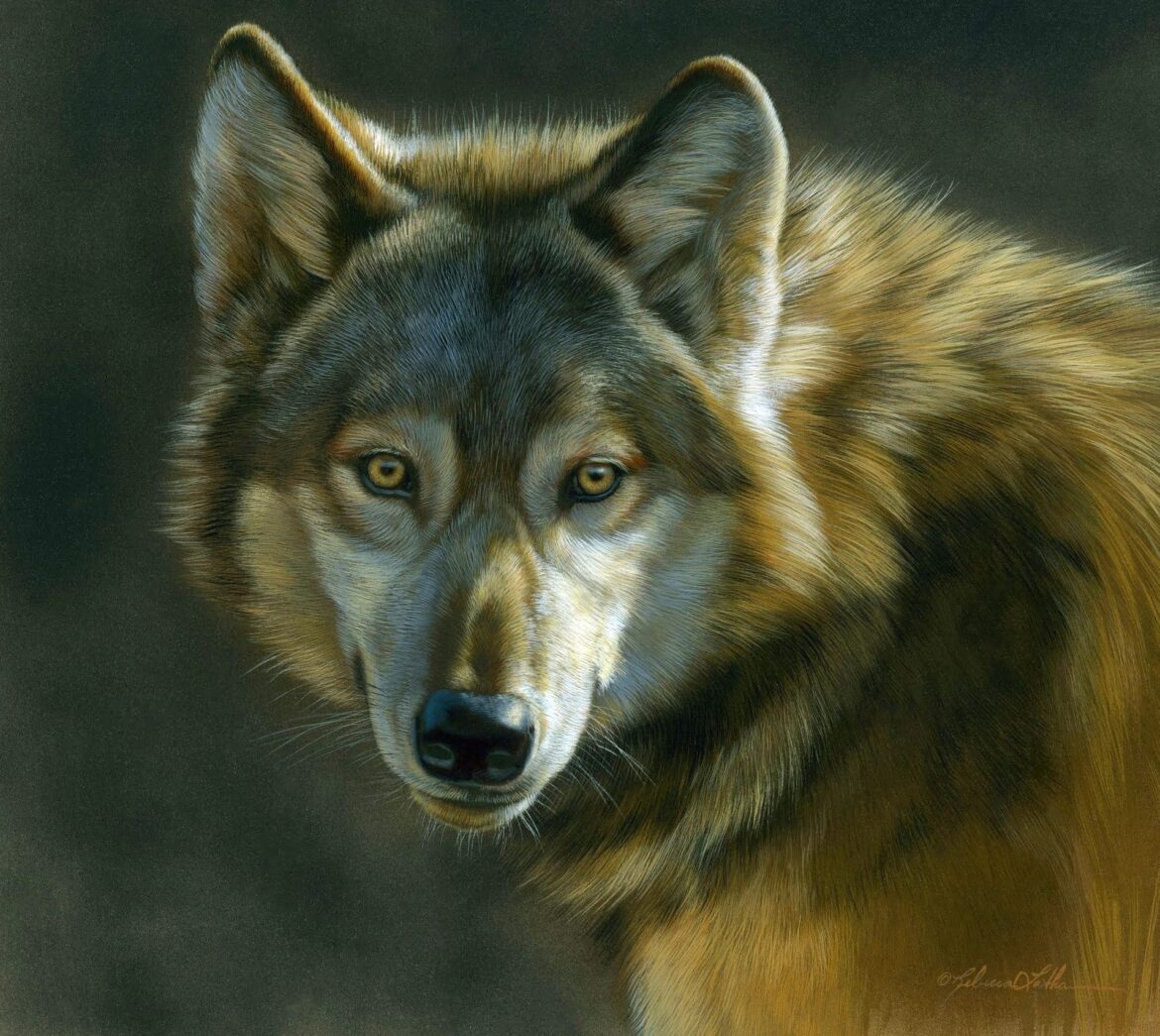Art has long served as a bridge—between ideas, between cultures, and between people with different perspectives. In the world of conservation, fine art plays a unique and vital role. It brings the wild into view, offering the public an emotional connection to the natural world that facts and figures alone often cannot achieve.
Conservationists dedicate their lives to protecting ecosystems, studying endangered species, and advocating for the preservation of fragile landscapes. Their work is urgent, grounded in science, built upon decades of research and observation. Yet, to inspire action, facts alone are rarely enough. People respond to emotion—to beauty, to awe, to a sense of belonging in nature’s grand design. This is where fine art creates a bridge, weaving together knowledge and feeling, science and spirit.
A painting can hold the viewer in a moment of quiet recognition. The gentle curve of a fox’s fur, the distant gaze of an owl, the poised stance of a heron reflected in still waters—these images speak to something deeply human. They invite pause, reflection, and connection. In that pause, understanding begins.
Through fine art, conservation becomes personal. A viewer may never stand in the Arctic tundra or hear the wind rush through the pines of a disappearing forest, but they can feel its presence through the details of a painting. They can sense the fragility of an ecosystem by the way light falls over a landscape, they can grasp the vulnerability of a species through the expression in its eyes. Art creates empathy, and empathy leads to care.
For those of us who paint wildlife, the canvas is more than an artistic pursuit—it is a message. It is a quiet yet powerful way to bring conservation forward, to place nature in front of those who may not otherwise see it, to inspire action, advocacy, and respect.
Fine art does not replace the work of conservationists—it amplifies it. It carries their message beyond research journals and policy discussions and places it directly into the hands of the public. In a painting, science and emotion meet, and in that meeting, a bridge is built.
